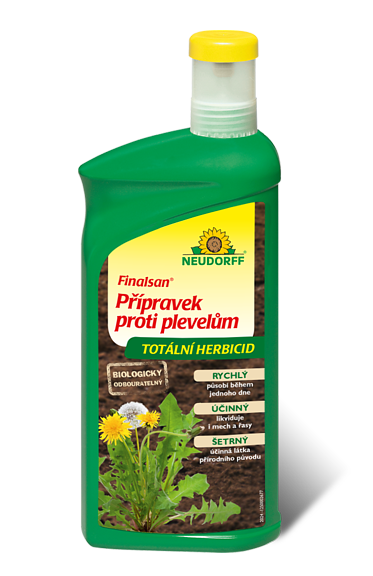Lagerstroemia 'BURGUNDY COTTON'® crepe myrtle
Lagerstroemia
Crape myrtle is a flowering shrub or small tree from China. It was first introduced to the USA and the UK in the 18th century. The original plant lagerstroemia indica is too tender and not too pretty so breeders were working on further hybridization and the most attractive varieties available now are believed to be results of crossing with l.speciosa and l.fauriei. Far more important news for us is the fact that among those finished plants were selected others that survived lower temperatures than what was common in the areas of natural habitat so we have a few myrtles that can grow even in our climate. Some were selections, other further hybrids.
<>Burgundy Cotton® crepe myrtle was bred by Dr.Carl Whitcomb, a breeder well-known for his achievements in the field of crossing hardy crepe myrtles. Burgundy Cotton® enriches the range with white flowers on dark foliage. Flowers are formed in large panicles producing enormous number of burgundy red buds from mid to end July until frost. Flower colour is almost white with some pink shades.
Leaves of Burgundy Cotton® are deep burgundy red when the emerge, changing to deep green in summer with still enough new foliage at the tips of the branches to provide a fantastic background for almost white flowers. The leaves are deciduous, oval to ovate, larger and more leathery than on the species, turning various shades of yellow, orange and red in autumn. When they fall down older plants reveal flaking-off bark, similar to what plane trees or stewartias do, leaving a mosaic pattern on the smooth trunks.
Crape myrtle needs little care. They need full sun with zero shade during the day. Pruning will secure flowering: cut back last year's growth to about a third of its original size. Do so in spring after danger of frosts. The plant will make strong news shoots that will bear flowers. Grow in well-drained soil that should be kept moist before it gets fully established. Some sources say that plants do well in slightly acidic soil but as far as it is not water-logged they will grow in any fertile soil. It needs heavy mulching in winter and some mulch in summer to retain moisture. Overfertilizing will cause excessive growth but no flowers. Burgundy Cotton is fully hardy to -18°C and wood hardy to about -21°C which is sufficient provided it will be pruned in spring.
Last update: 04-01-2011







































